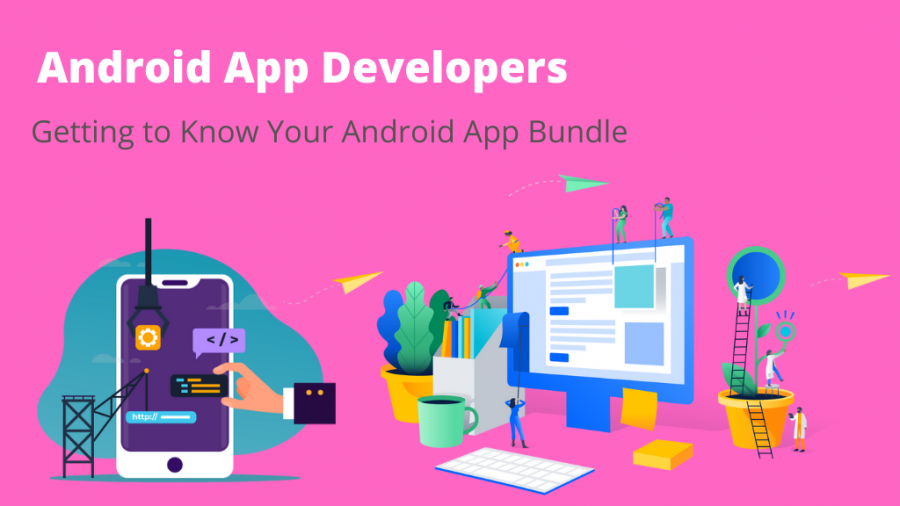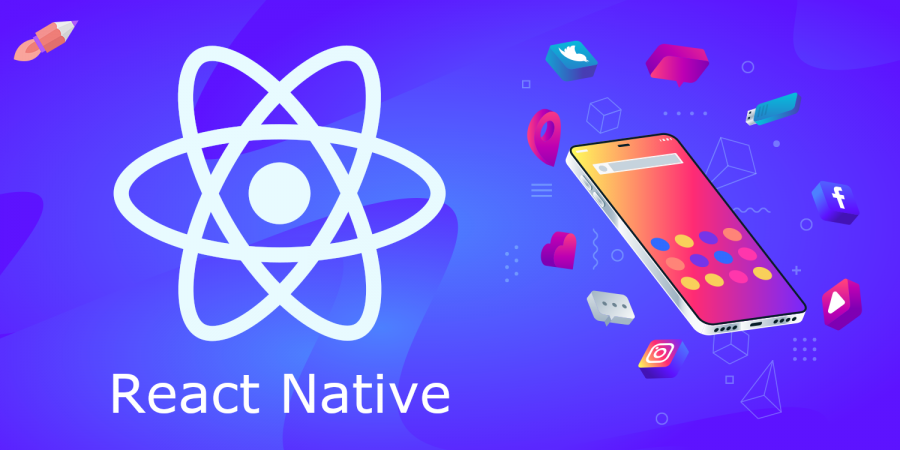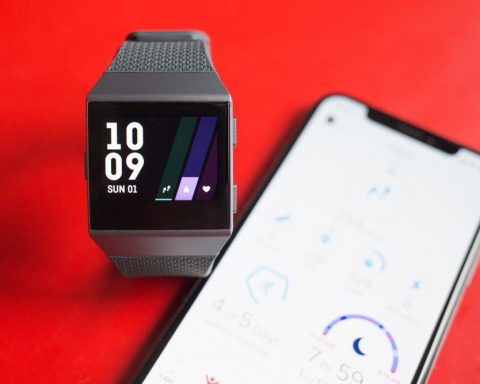From August 2021 onwards, Google Play has stated that new applications will be required to be published using the Android App Bundle (AAB) in order to be accepted. As a result, the APK will be phased out as the official publishing format going forward. According to Google, the app package requirement is only applicable to new applications. Existing applications, as well as private apps that are released to manage Google Play users, are presently excluded from this rule. The new Android App Bundle format, which was launched in May 2018 and is now being utilized by over 1 million applications, including well-known brands such as Adobe, Duolingo, Gameloft, Netflix, and Twitter, has gained widespread adoption. AAB is used by the vast majority of the top 1,000 applications and games.
Because of the new Android App Bundle format, APKs may be distributed across a variety of device settings and languages with little effort. It reduces the size of the software by about 15% when compared to the universal APK format. App Bundles mandate that applications be no more than 150MB in size, which makes them quicker to download and, as a result, may result in faster installations and fewer uninstalls in the long run. The Play Asset Delivery function is another feature that is made available by App Bundles. It is possible to decrease user waiting time by dynamically providing big assets while also lowering delivery costs. Games that utilize Play Asset Delivery may make use of texture compression format targeting, ensuring that players only get files that are appropriate for their device and that no space or bandwidth is wasted.
With so many different approaches to developing mobile applications, Hire Android App Developer India has extensive experience in determining the optimal option for your Android mobile application development plan.
It also provides the option of upgrading to a new, cryptographically stronger app signing key if your current one becomes insecure. Google has announced that Play App Signing will begin rolling out the APK Signature Scheme v4 to select applications in the coming weeks, making it possible for them to selectively utilize future performance improvements that will be available on newer devices. Regardless of whether you use the command line or Android Studio, the procedure will result in a built and signed release bundle that is ready to be uploaded to the Play Store by you.
Also Check: News Online
Getting to Know Your Android App Bundle
Some of the advantages of app bundles that you are losing out on if you have not made the move yet are as follows:
Application Bundle (APK)
Google Play utilizes the application bundle to build and optimize APKs for distribution across a variety of device settings and language options. The result is that your program is smaller and quicker to download (on average, 15 percent smaller than a universal APK), which may lead to more downloads and fewer uninstalls.
Play App Signing
Play App Signing, which is needed for app bundles, protects your app signing key against loss by using Google’s secure infrastructure. It also provides the option of upgrading to a new, cryptographically stronger app signing key if your app signing key is compromised.
Play Feature Delivery
Play Feature Delivery, which is used by more than 10% of the top apps that use app bundles, allows you to customize which feature modules are delivered to which device and when, using install-time, conditional, and on-demand delivery modes, as well as the number of feature modules delivered to each device.
Also Check: Latest and Informative News
Play Asset Delivery
This feature reduces user waiting time by dynamically distributing big assets while also lowering delivery expenses. With texture compression format targeting, you can ensure that your users only get files that are appropriate for their device, resulting in less wasted space and traffic.
Improved performance in the future
In the near future, Play App Signing will begin rolling out APK Signature Scheme v4 to selected applications, making it possible for them to selectively utilize forthcoming performance enhancements available on newer devices








